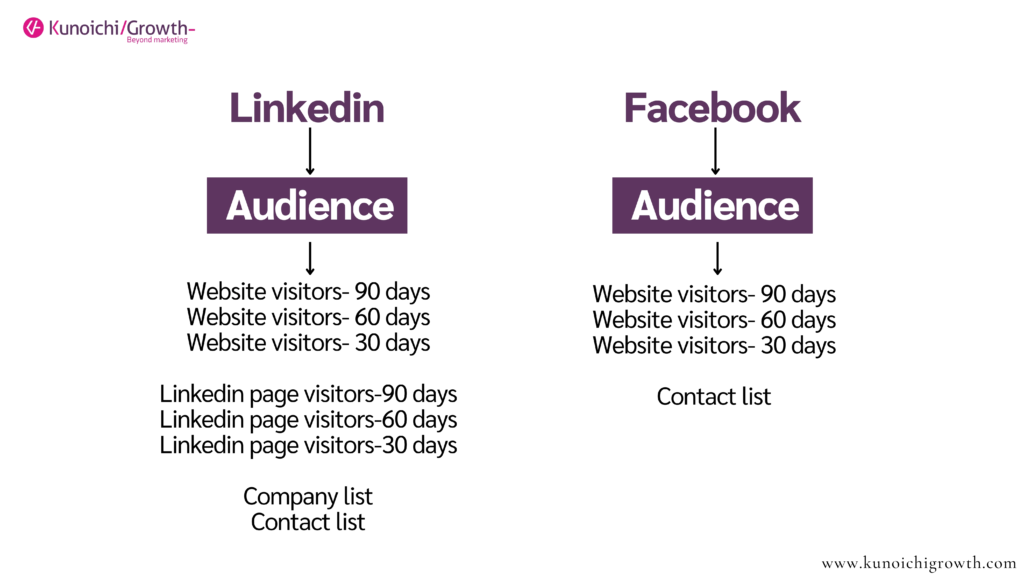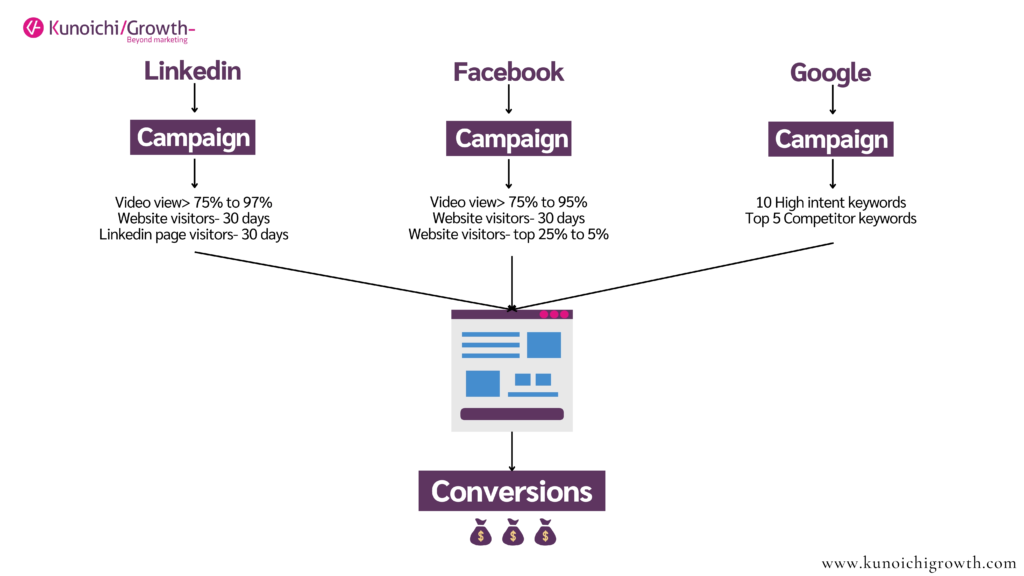Generating leads and converting them into paying customers is a struggle that many startups and businesses face in today’s time.
If your recent search history is filled with queries like “How to generate leads for my startup?”, “Lead generation strategy”, or “B2B strategy for demand generation or demand capture,” then you’re well aware of the challenges that lie ahead.
Every startup or company dream of a consistent flow of high-quality leads. These leads are the lifeblood of growth, representing the potential to transform your business.
It’s a battle, one that resonates with countless entrepreneurs and company professionals like you.
And the pain of this challenge is real. It’s something you can feel. A report by Hubspot reveals that a staggering 61% of marketers struggle with lead generation, making it their top marketing challenge. This number speaks volumes. And it reflects the pervasive nature of the problem.
For those striving for growth, maintaining a consistent flow of qualified leads and successfully converting them into customers feels like searching for a needle in a haystack.
As I said, the struggle is real and the numbers prove it. Businesses experiencing lead generation difficulties see a significantly 87% lower conversion rate compared to those with effective strategies in place.
So, what to do now?
After working with over 40 startups and businesses, here is what we have understood. One of the major pain points for startups and businesses is the complexity of marketing.
The vast array of channels, tactics, and technologies available to businesses can be overwhelming. You might find yourself at a crossroads, uncertain about where to invest your hard-earned funds and most importantly, how to invest. I know that feeling!!
Creating an effective marketing strategy requires a deep understanding of your target audience, selecting the right channels, and optimizing campaigns.
All these moving parts can be time-consuming and daunting, especially for businesses that may have limited resources and expertise.
At Kunoichi Growth, we empathize with the challenges startups and businesses face in simplifying their marketing efforts and generating quality leads.
Our #1 B2B strategy for demand capture is designed to revolutionize your approach and deliver tangible results. This strategy has been tried, tested, and proven with businesses like yours. Implementing our approach has resulted in a remarkable average increase of 40% in lead conversion rates within just three to six months.
So, let’s start and solve this problem of lead generation once and for all.
Okay!! Before I start talking about the strategy, I am assuming you already have healthy monthly website traffic ranging from 4,000 to 6,000 visitors. And I am also assuming you must have implemented the necessary tracking. If not, do it right away.
Alright! Moving ahead.

Step-By-Step Guide To Creating A Successful Paid Marketing Strategy
As a business owner, you know that marketing is essential for driving growth and generating leads. But with so many options out there, it can’t be easy to know where to start. Discover now how to start!
STEP 1: SEGMENTATION
The first step is audience segmentation. Utilizing LinkedIn’s powerful targeting capabilities, begin by creating separate audiences based on their behaviour. Create an audience list consisting of your website visitors within 30, 60, and 90-day time frames. If you have a specific company list or customer list, particularly for an Account-Based Marketing (ABM) approach, upload the list in the designated audience section. This approach allows you to specifically target individuals who have already shown interest in your product, service, website or company page.

Similarly, on Facebook, replicate this process by creating audiences based on website visits within the same time frames of 30, 60, and 90 days. Since the reach of organic Facebook content has diminished, we won’t focus on audience engagement with your Facebook page.
Instead, we’ll capture visitors based on their time spent on your website. We recommend selecting the percentile 5 or 10, ensuring you capture those who have spent a significant amount of time exploring your website. Similar to LinkedIn, you have the ability to upload a customer list if you wish to retarget a specific group of individuals.
By segmenting your audiences across both LinkedIn and Facebook, you can precisely target individuals who have demonstrated prior interest in your offerings. This approach increases the likelihood of engaging with potential customers who are already familiar with your business, leading to higher conversion rates and more meaningful interactions.
STEP 2: RETARGET
The budget you can allocate: 1000 to 2000 Euros
Timeframe: 1 month
We have created an audience on Linkedin and Facebook. Now it’s time to use them for good. On LinkedIn, create a campaign with the objective of video views. To do this effectively, select these audiences: individuals who have visited your website in the past 90 days and those who have visited your LinkedIn company page within the same time frame.

To further refine your targeting, utilize job titles and industries as additional filters. This step allows you to exclude individuals who don’t align with your Ideal Customer Profile (ICP).
Similarly, on Facebook, follow the same process. Create a campaign and select the audience of individuals who have visited your website in the past 90 days. Since Facebook’s job targeting is not that accurate, it’s not effective to use it here. Therefore, leave all other targeting options as they are.
Experiment with different variations of video content within your campaign. Consider using product videos, testimonials, explainer videos, demo videos, and introductory videos. Keep a close eye on the view rate of your videos and actively monitor their performance.
The core objective behind creating this campaign is to develop trust in your brand. Through a strategic mix of targeted ads, you can nurture your audience and guide them incrementally toward the decision-making stage. Each ad serves as a stepping stone, building trust, credibility, and confidence.
If you are new to paid media, ensure that you are well-prepared before launching your ad campaign. This will help us avoid unnecessary delays when it’s time to take action. Download our comprehensive checklist to ensure you have all the necessary elements in place before launching your campaign.
STEP 3: CONVERSION
The budget you can allocate: 1500 to 2000 Euros
Timeframe: 1 month
Now we approach the most crucial phase. At this point, your target audience is familiar with your brand, what you offer, and how you can help them. In a few words, they now know you.
We would need a landing page to capture their information for the next step. So, create a landing page that comprehensively addresses your target audience’s questions and pain points. This page should feature testimonials and social proofs to enhance credibility, while a prominently displayed, clear call-to-action button ensures a seamless next step. Whether it’s booking a demo, scheduling a call, or accessing a free trial, repeatedly highlight this call-to-action button to guide prospects toward the next step.
Next, let’s create highly targeted audiences on both LinkedIn and Facebook. These audiences will consist of individuals who have watched your video ads to at least 75% completion or for over 75% of the video duration. This level of engagement indicates a genuine interest in your offerings.
Then, create new image campaigns specifically tailored to address their pain points, incorporating a call-to-action that aligns with your business objectives. And yes, you need to create this campaign on Linkedin and Facebook.
For example: Let’s say you have a SaaS company providing project management software.
Your target audience consists of overwhelmed project managers who are drowning in a sea of spreadsheets, missed deadlines, and chaotic collaboration.
To address their pain points, you create image ads that speak directly to their challenges.
One ad might feature a stressed-out project manager surrounded by stacks of paper and tangled cables, symbolizing their chaotic work environment. The ad could highlight the benefits of your software, such as streamlined task management, real-time collaboration, and simplified project tracking.
Your ad copy could be “Take the first step toward project management bliss. Schedule a personalized demo today.” To further entice them, incorporate a call-to-action that aligns with your business objectives.
This encourages prospects to explore your software and experience firsthand how it can relieve their pain points.
By tailoring your image campaigns to address their specific pain points and incorporating a compelling call-to-action, you not only grab their attention but also provide a solution that aligns with their needs.
This strategic approach increases the chances of converting these overwhelmed project managers into enthusiastic customers eager to embrace the benefits of your project management software.






